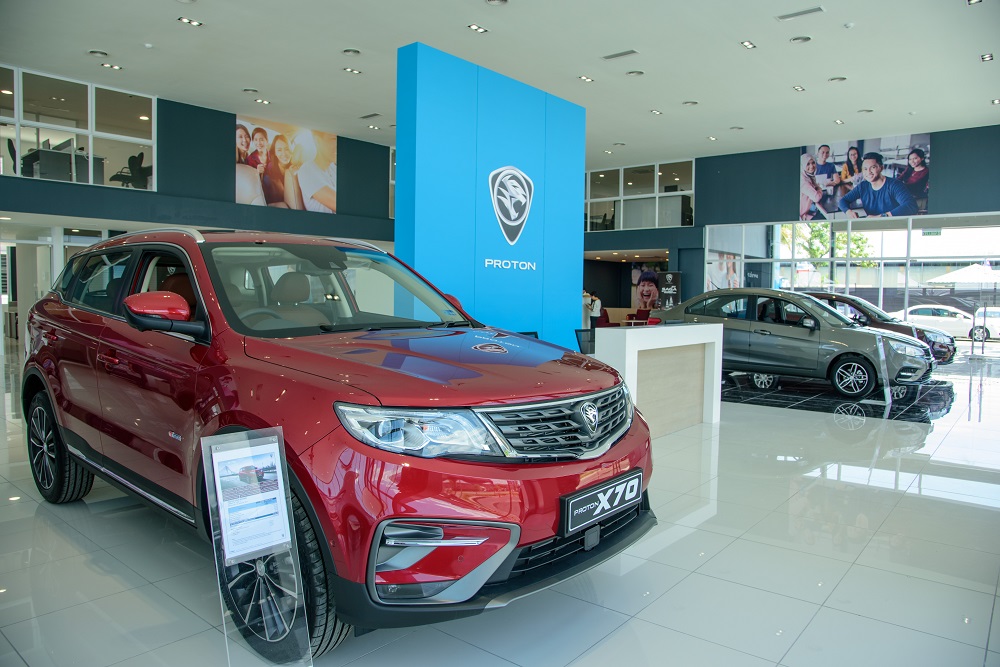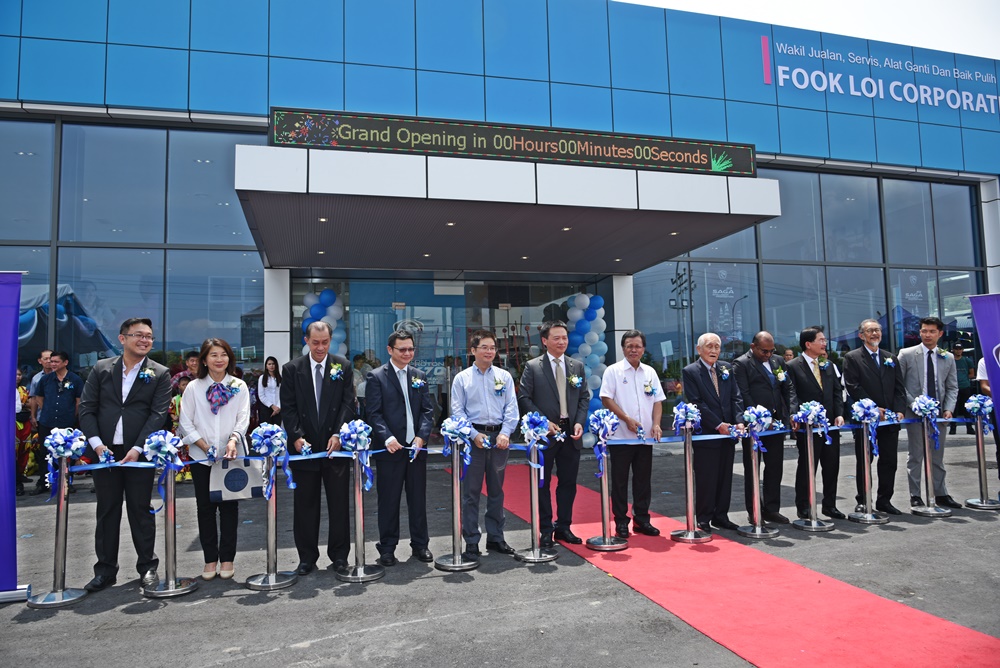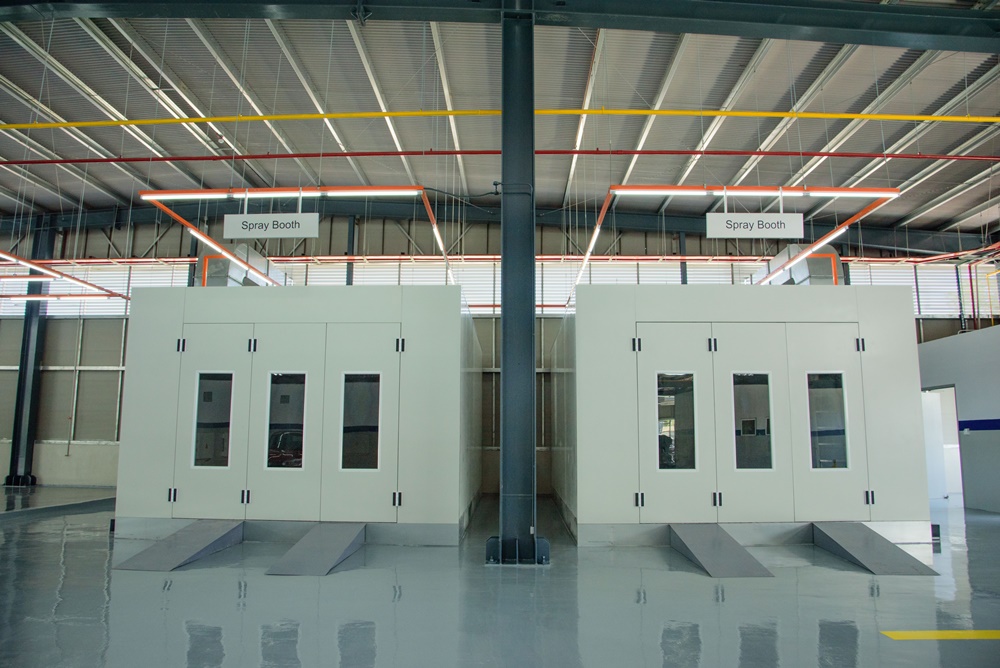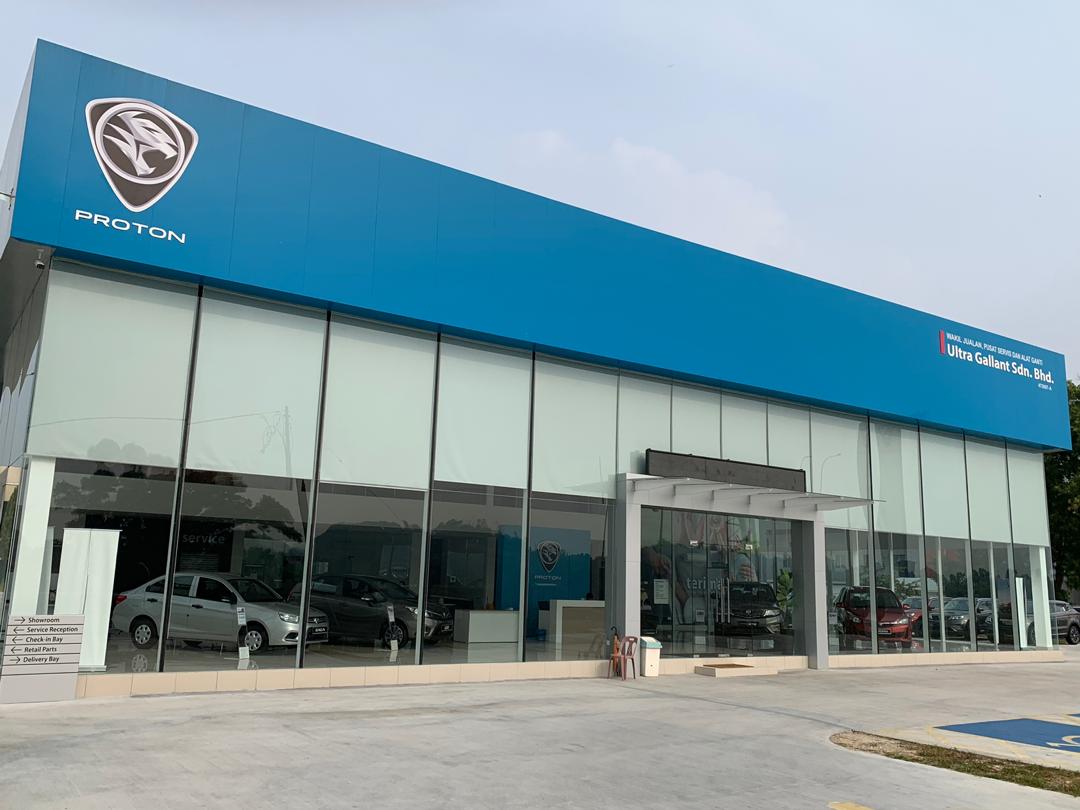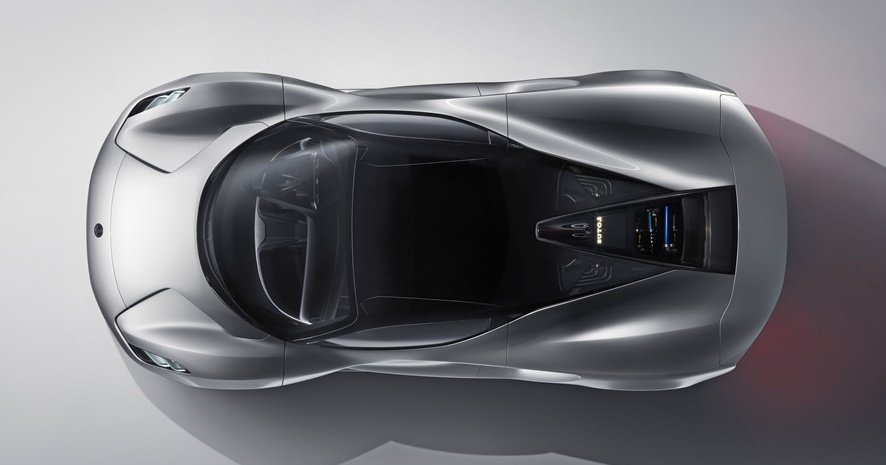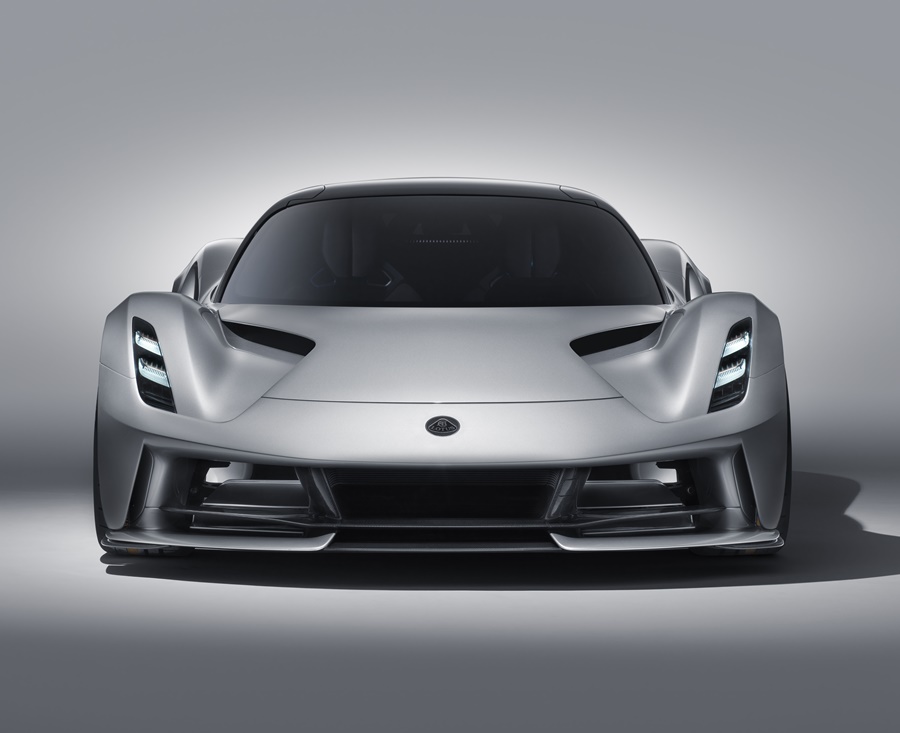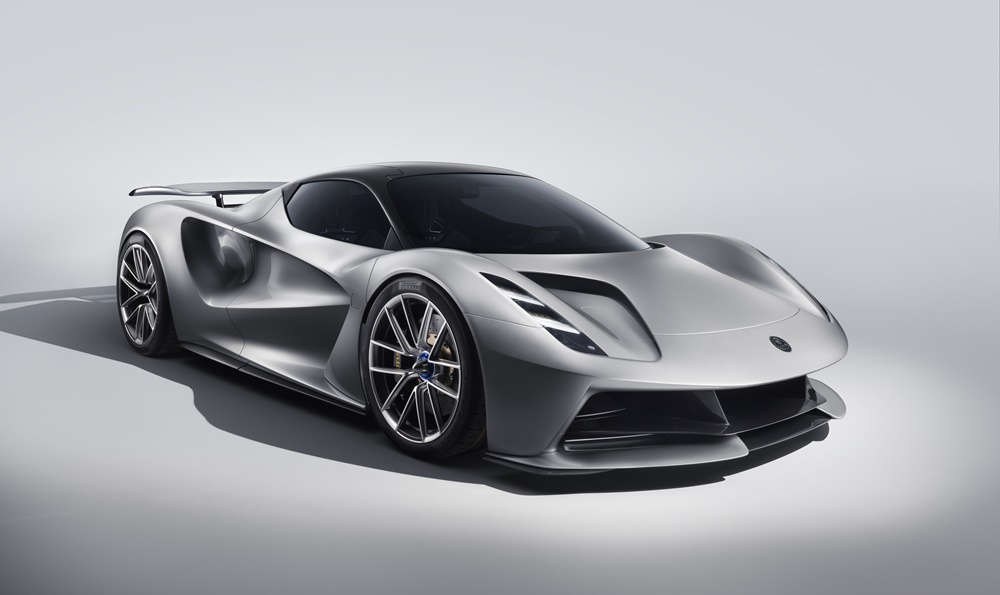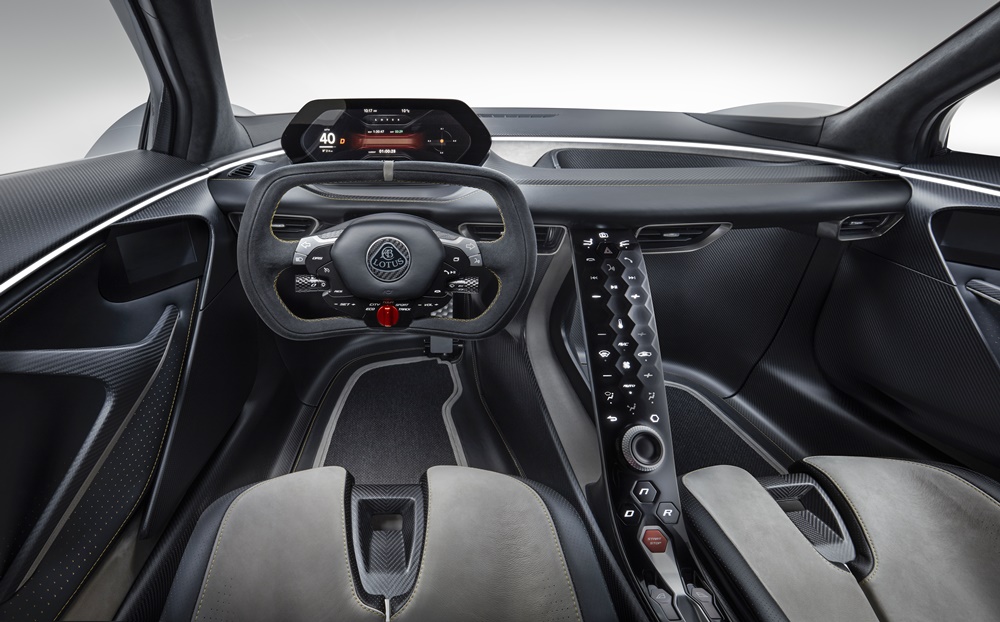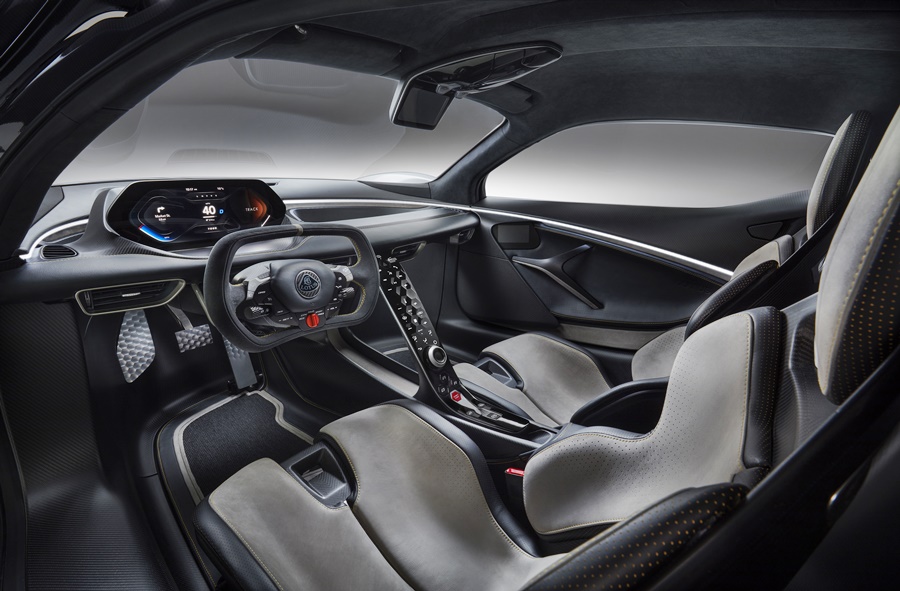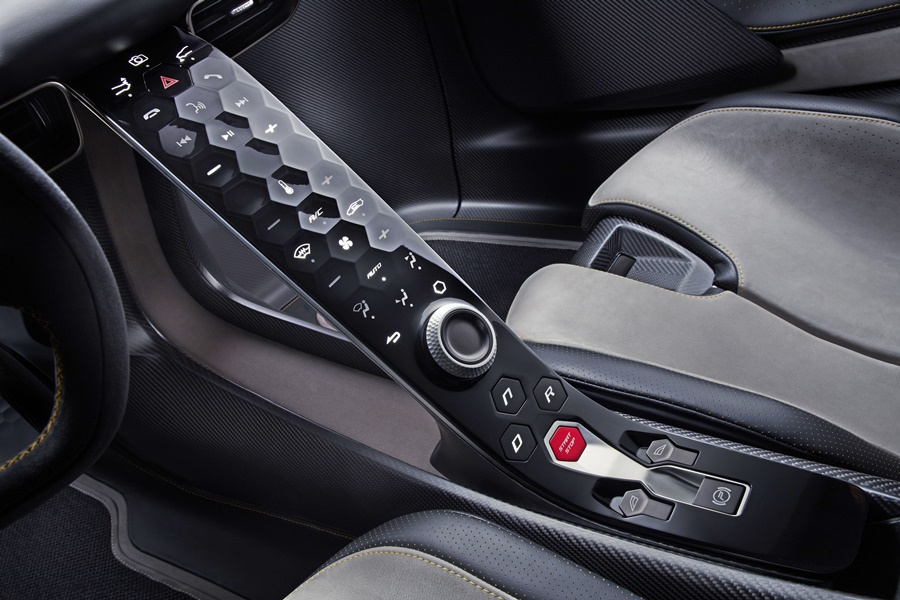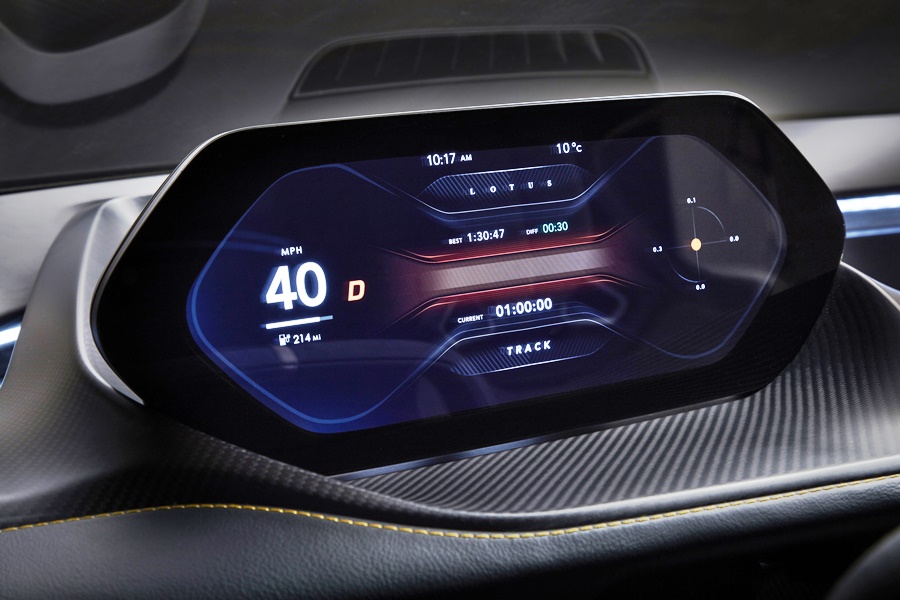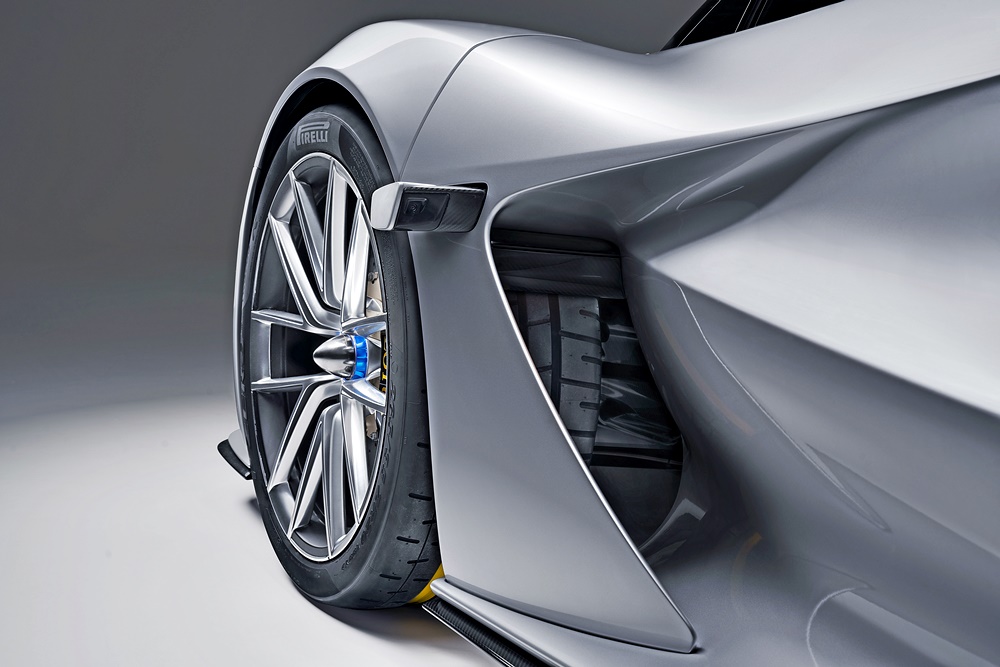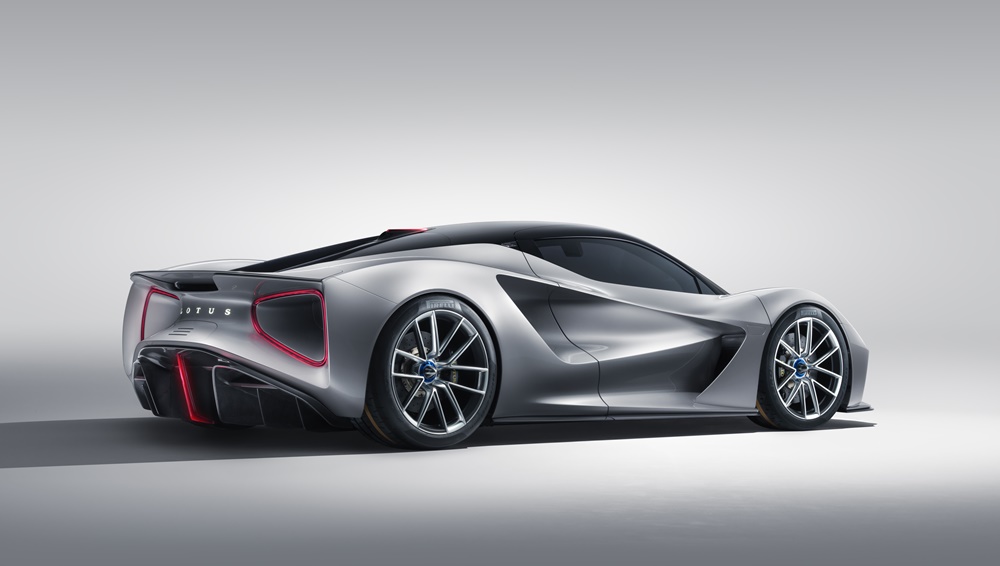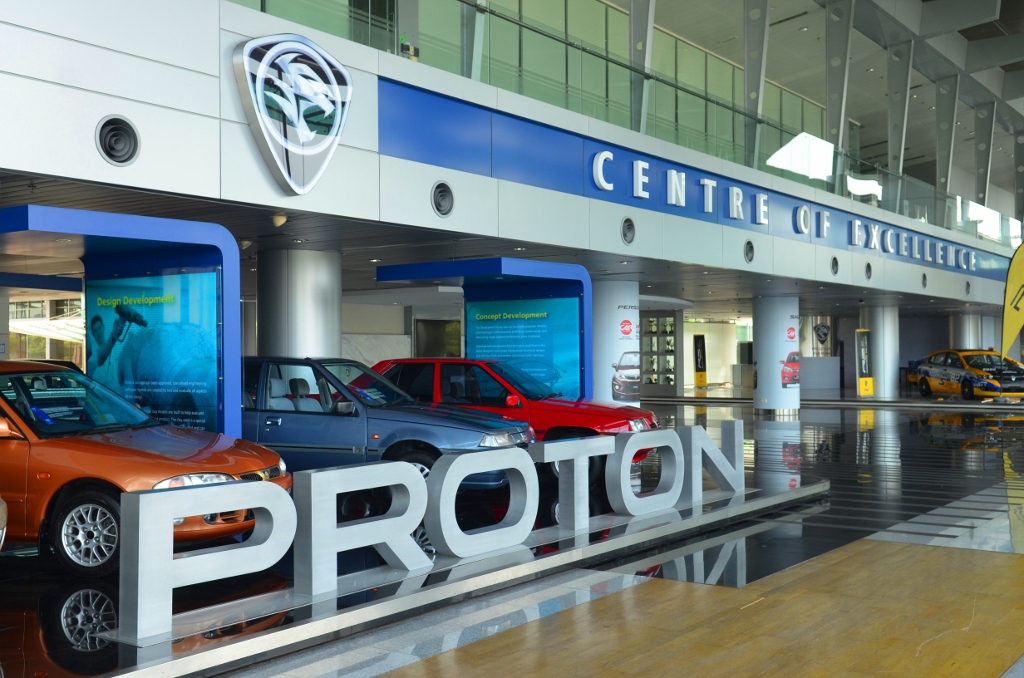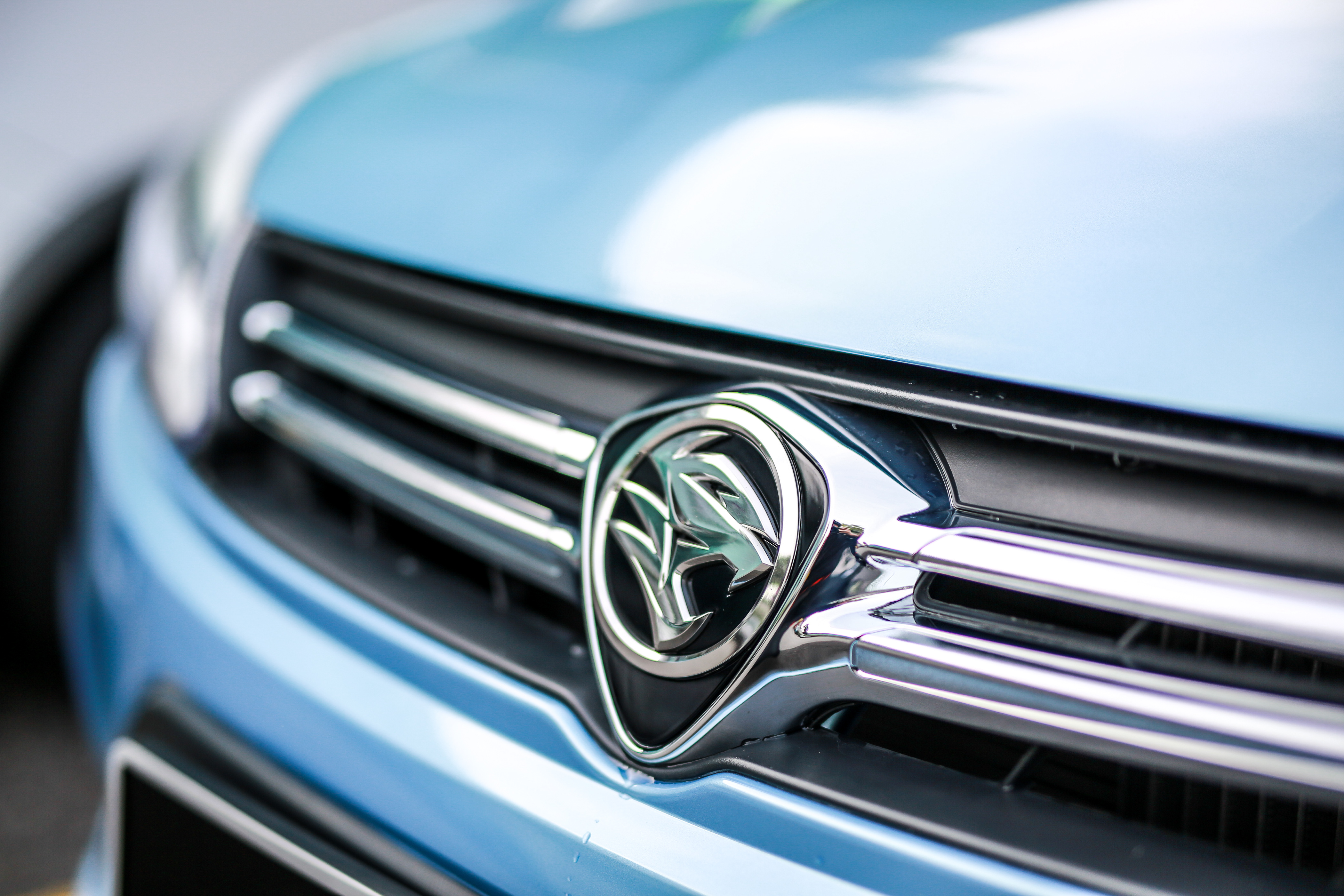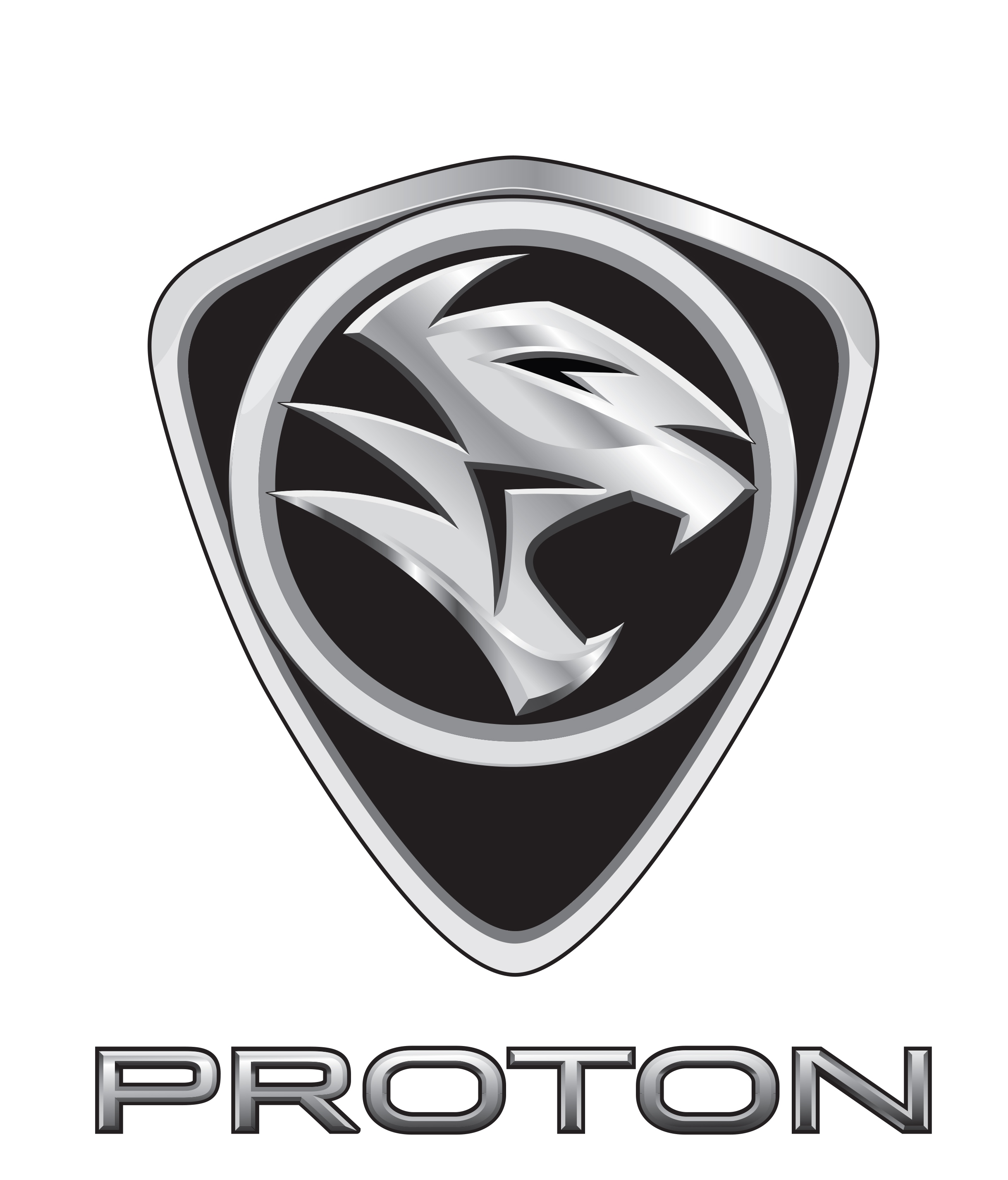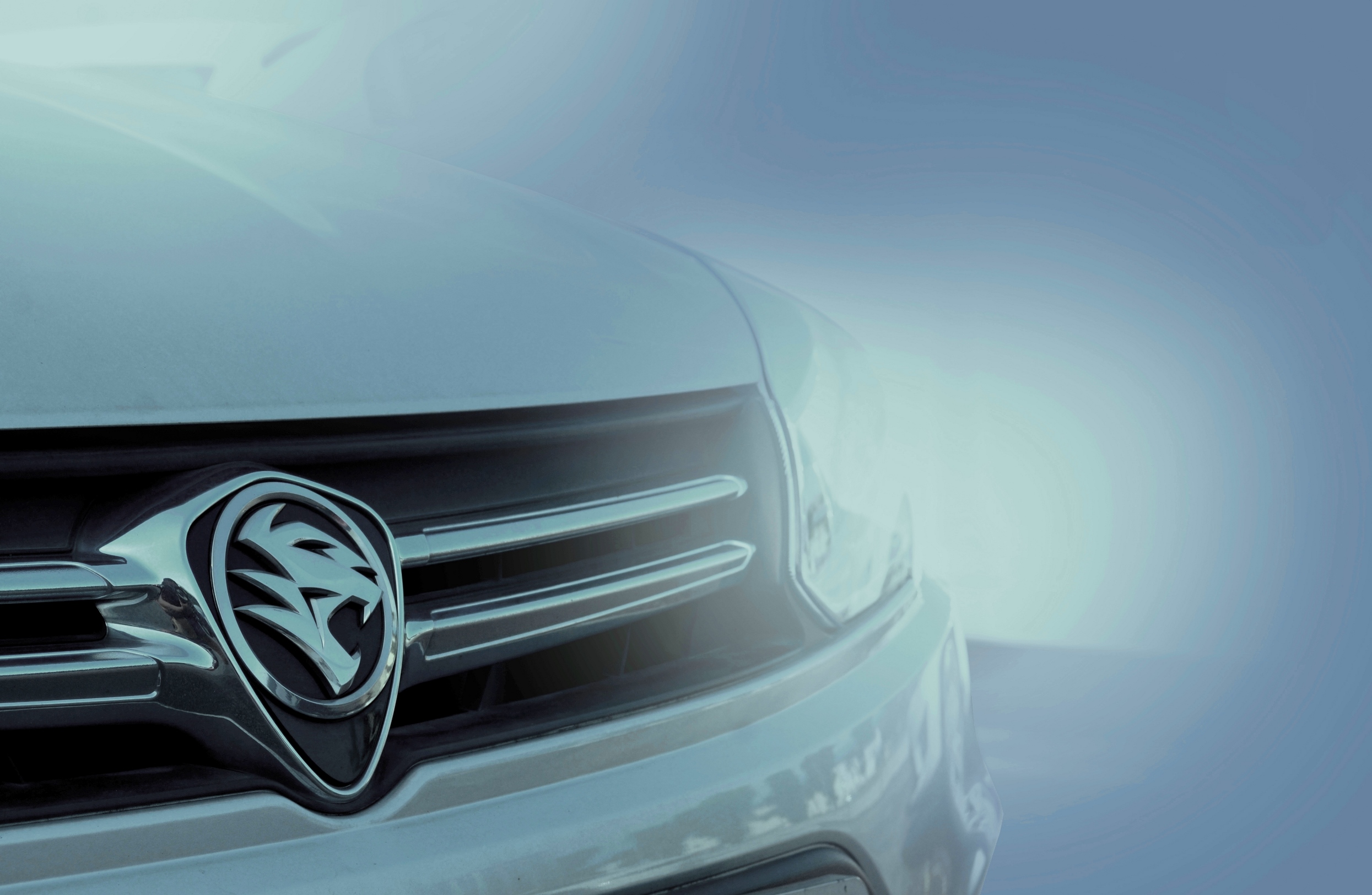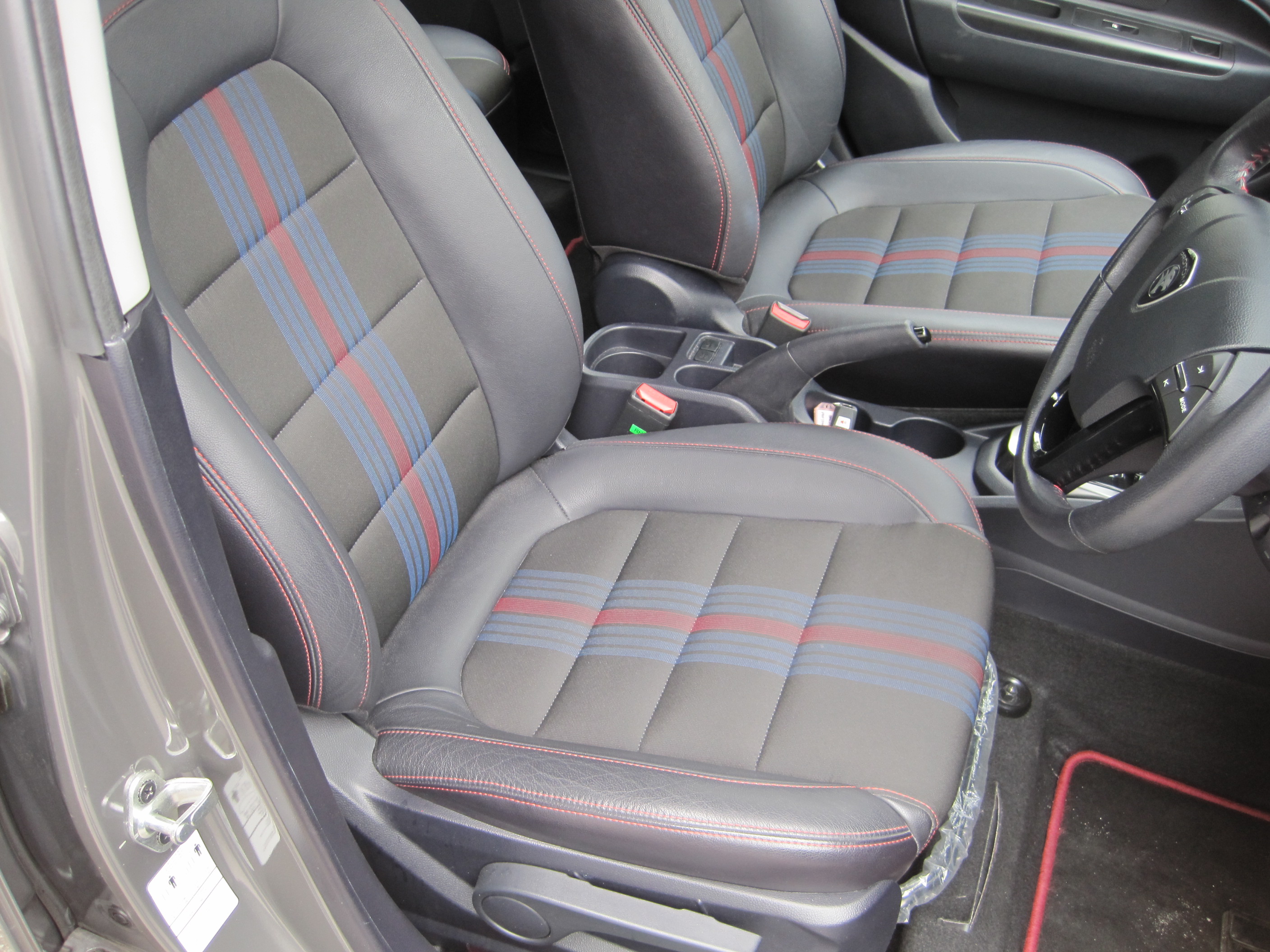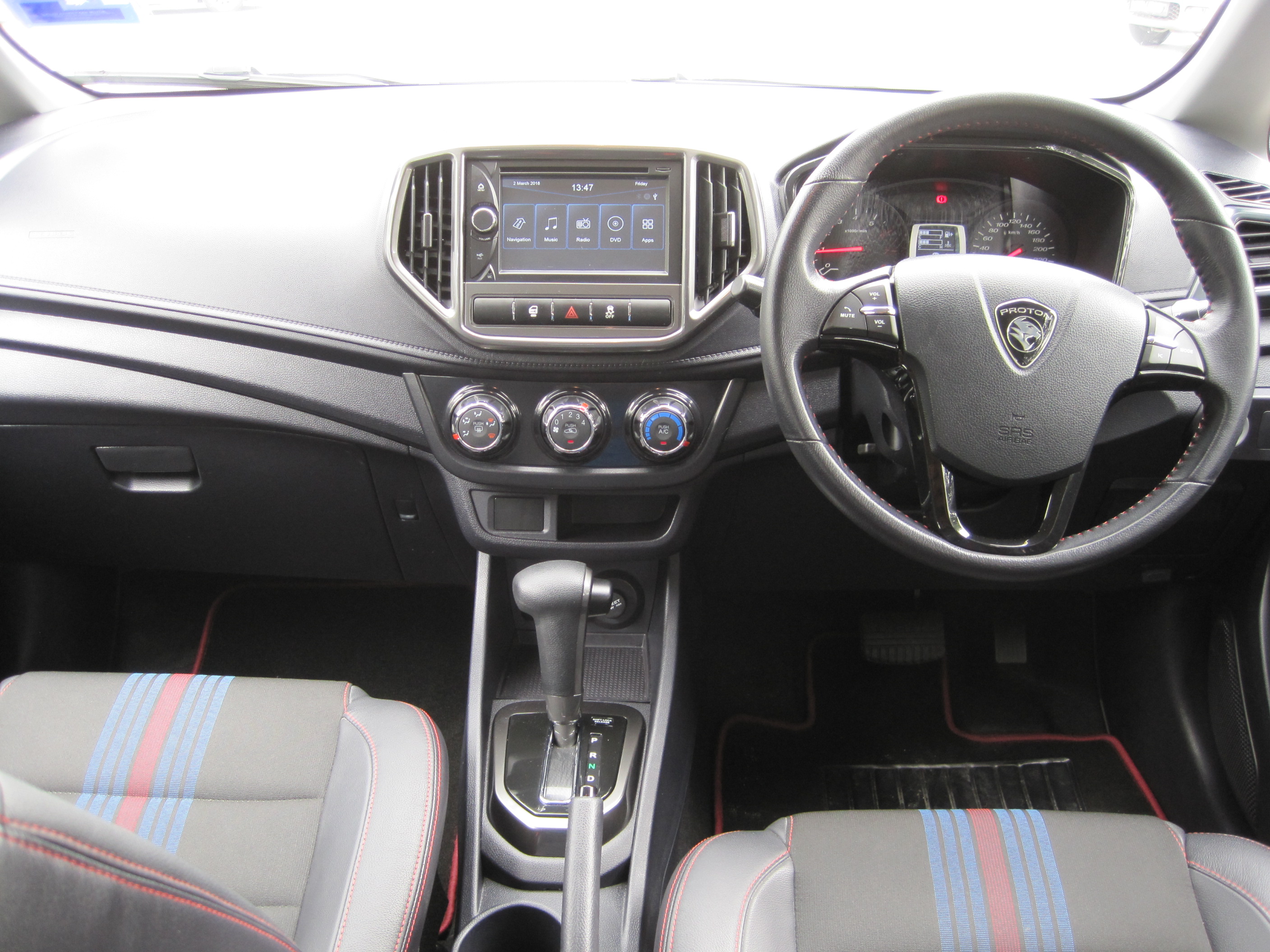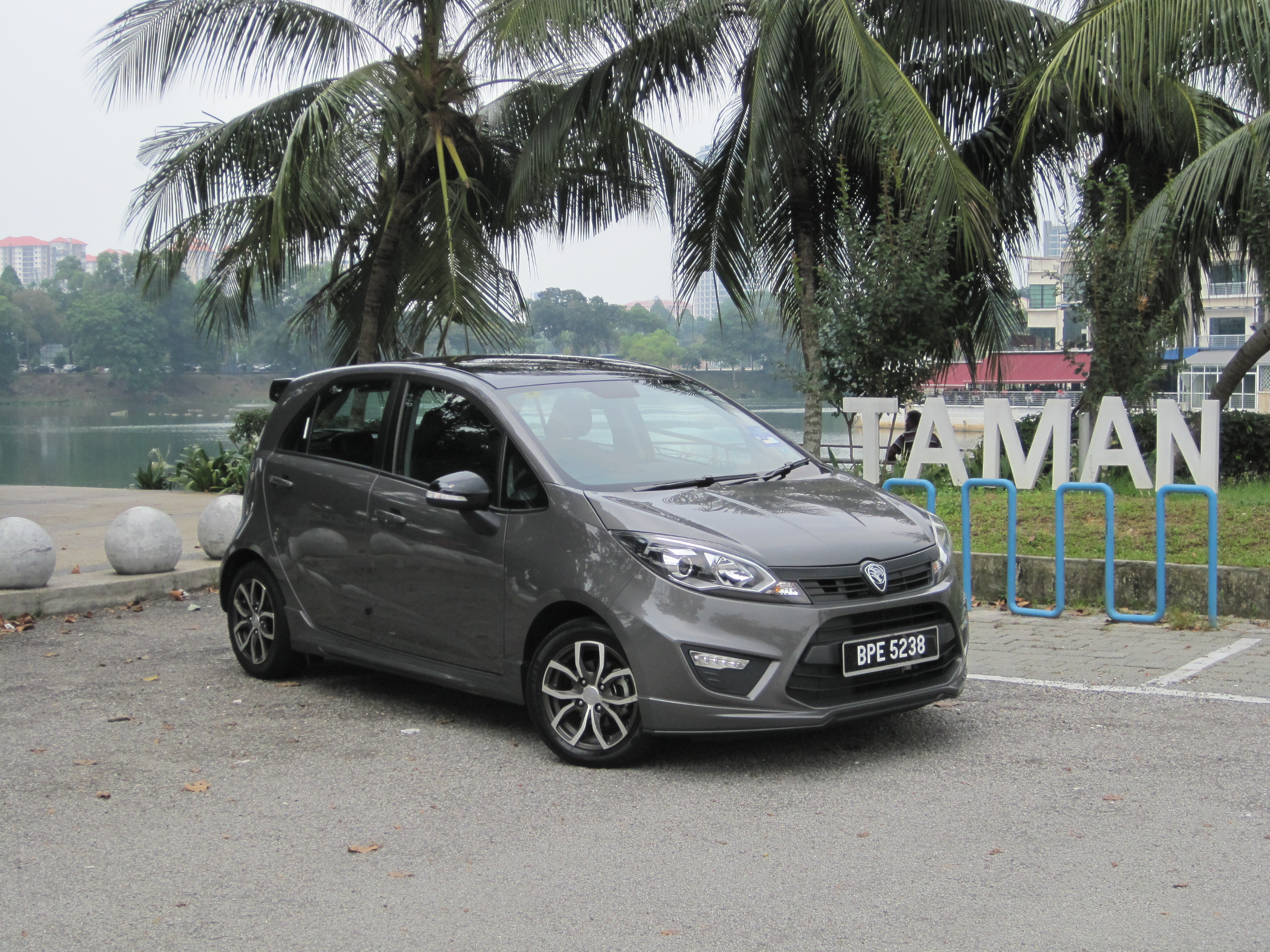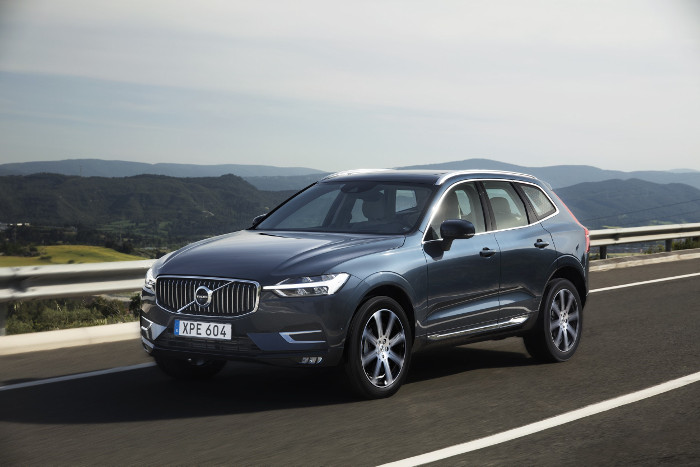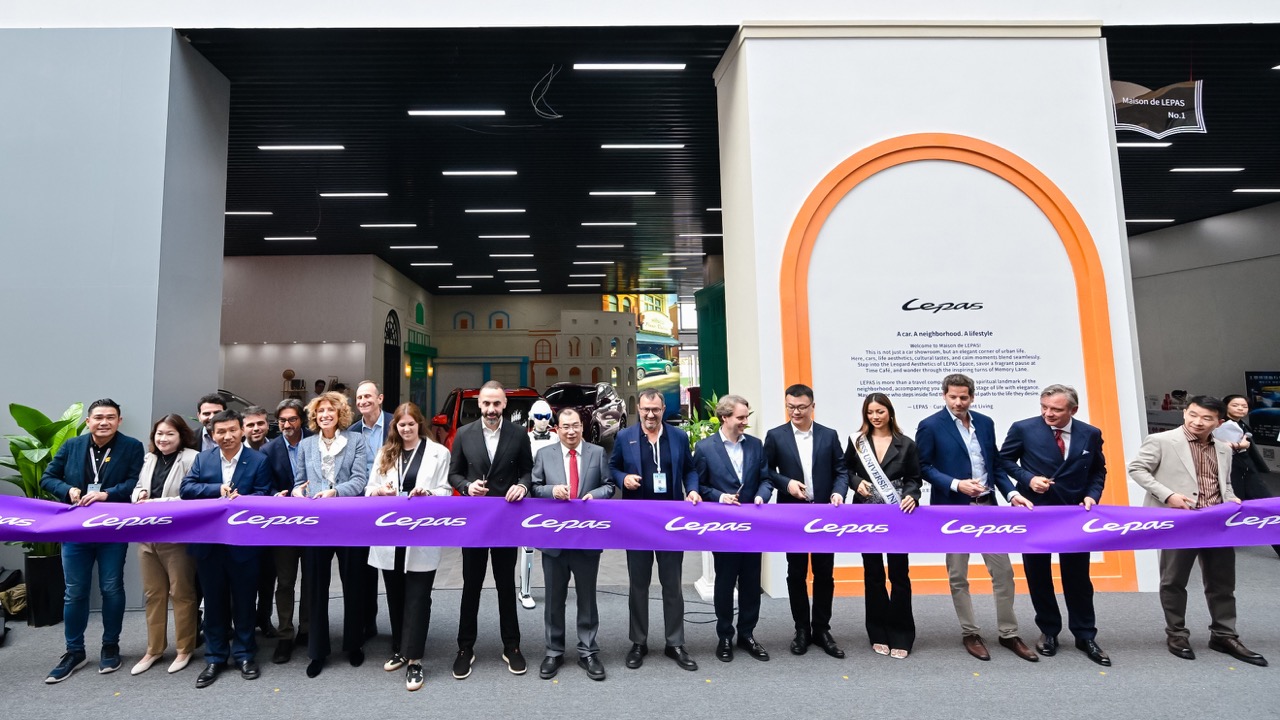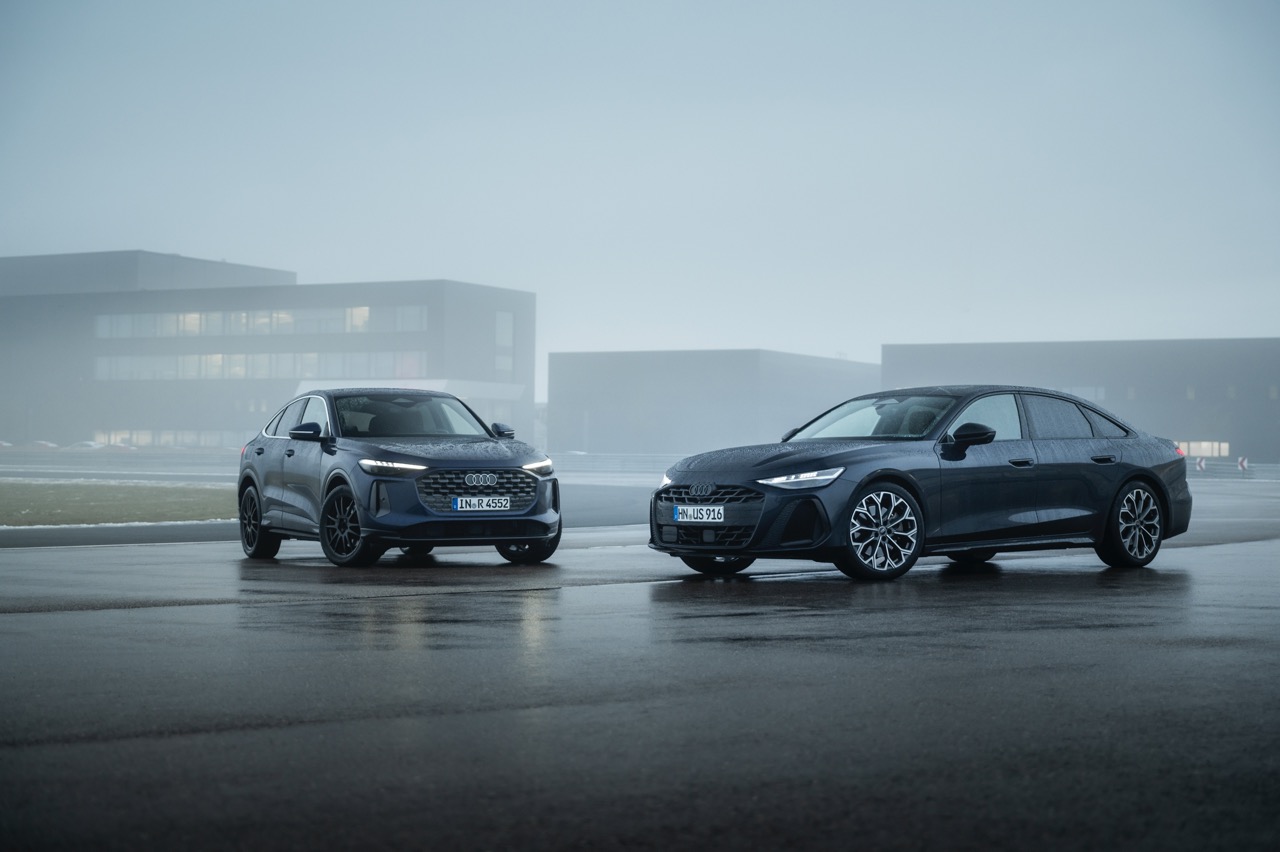Our first national carmaker Proton has responded to a statement issued by PEKEMA recently, and here it is in its entirety, unedited, unembellished and uncut. – Piston.my
(As a refresher, this is what they were responding to, courtesy of SAYS.com)
“PROTON would like to respond to the article entitled, Pengedar Bumiputera Proton Tertekan that was published on 11 February 2018 by Utusan Malaysia. We would firstly like to thank PEKEMA and its members for highlighting issues faced by its members as it gives the Company an opportunity to address the challenges faced by its dealer network.
The search for a Foreign Strategic Partner
Addressing the article specifically, PROTON acknowledge the tough challenges it faced over the preceding years. Since 2000 a decline in market share and sales volume had affected the ability of the Company to finance its research and development activities, which led to falling behind its competitors in terms of technology and product competitiveness. It also indirectly affected investments in developing the network, staff and manufacturing abilities of the Company.
In its efforts to address the decline, PROTON tried various approaches ranging from platform sharing with other brands to developing its own engines and transmissions to reduce dependence on imported parts. While these actions brought about positive results, none were able to arrest the continuing decline in sales and market share that were apparent both in Malaysia as well as in foreign markets.
Therefore, the need for a Foreign Strategic Partner quickly became more apparent if PROTON wanted to stage a recovery to its former position at the head of the Malaysian automotive market. It would also help in our aspirations to grow the brand both locally and abroad, which is a key thrust for the future business plans of the Company.
Following an exhaustive search that had taken a considerable amount of time, Zhejiang Geely Holding Group Co. Ltd. (Geely) was identified as the most appropriate foreign strategic partner. Due to their global reach, aggressive business strategy and the ownership of other automotive brands, most notably Volvo Cars, it would allow for the sharing of technologies and quick expansion of the brand that would put PROTON back at the forefront of the automotive industry.
The steps taken to engineering a turnaround It was decided that the recovery of PROTON in Malaysia would encompass a number of areas. Among the areas involved would be an improvement of the dealership network, the introduction of a new model range over the next few years and an increase in customer satisfaction via an improved sales and service experience.
The improvements to the dealership network would be in line with the practice of other brands in Malaysia, where the majority of their dealers sell from 3S/4S outlets. Of the PROTON outlets currently in the nationwide network, about 70% are 1S facilities where the dealers only sell vehicles without offering any after sales servicing. This is a far higher representation of such dealers than other popular brands, which limits the ability of PROTON to offer a premium customer experience.
Due to the lack of 3S/4S outlets, PROTON’s Sales Satisfaction Index (SSI) and Customer Satisfaction Index (CSI) scores have suffered as compared to other automotive players. With a plan in place to increase the number of such outlets, it is expected that both SSI and CSI scores will grow along with a corresponding increase in sales.
These new outlets will go hand-in-hand with the launching of an all-new range of PROTON models that will be developed with infusion of advanced technology.
These initiatives will push PROTON further, introducing new groups of customers to the brand who may have been considering competitor products previously. Addressing statements brought up by PEKEMA Relating specifically to the statements brought up by PEKEMA, PROTON would like to address these statements in order to explain the development of its business model:
- With regards to the lack of time given to dealers to upgrade their 1S outlets to 3S/4S outlets, dealers are encouraged to upgrade their outlets over a period stretching from 2018-2020. The target for 2018 is to substantially increase the number of 3S outlets located nationwide, which will enhance overall customer experience with the introduction of our new models beginning 2018. Currently the 3S/4S dealerships nationwide, is equivalent to only 30% of our total dealerships.
- PROTON recognizes that a substantial sum of money needs to be spent by the dealers on this exercise. Therefore, we introduced a special scheme that offers upfront support to assist dealers in upgrading to brand new premises. Additionally, these dealers will enjoy extra margins on cars sold for up to three years.
- In the past, our dealers enjoyed a 4% margin based on a monthly volume of 40 units agreed with PROTON to qualify for their sales incentives. We have now revised the scheme by lowering the threshold to encourage overall business growth for dealers. This scheme is in line with current challenges faced by dealers and PROTON will continue to monitor the situation to ensure business growth is achievable. In addition, PROTON also provides quarterly incentive scheme throughout the year, where dealers can earn extra income by exceeding their sales targets. PROTON also provides state incentive support for on-ground activities by dealers.
- The industry practice in Malaysia is for automotive companies to demand cash before delivery or to provide dealers with up to 14 days of credit terms. Considering the competitive situation faced by its dealers, PROTON extends this period for up to 60 days with certain terms and conditions. This is a special effort offered by PROTON in order to help facilitate dealers to manage their cash flow as they strive to conclude sales. By doing so, dealers will have additional time to move their current stocks without worrying about their accounts being blocked.
- The Payment After Registration (PAR) system is not practiced by other automotive companies in Malaysia. PROTON has decided to end the scheme in order to ease the Company’s tight financial situation. Currently, PROTON finances a total of RM650 million a year for its dealers. If we continue to practice PAR, the amount payable to PROTON by the dealers will grow resulting in a negative effect on our cash flow.
- In order to promote sales to corporate fleet customers, PROTON extends special packages to interested corporate customers, associations, organizations and institutions, subject to certain terms and conditions. Dealers are encouraged to focus on retail sales as corporate fleet sales make up a very small share, which accounts for less than 5% in total Proton car sales in 2017.
- With reference to the issue of unhealthy competition between dealers, we wish to reiterate that the new margin and incentive schemes referred to in item 2 above is also meant to prevent disorderly marketing amongst the dealers. PROTON is also guided by the laws and regulations of the country such as the Anti-Competition Act.
- Upon the signing of the strategic partnership agreement, PROTON established a 10-year business plan focusing on key elements comprising products, operations and sales growth. Detailed studies have been carried out leading to a comprehensive product strategy for the introduction of new models over the next five years. Due to the infusion of advanced technology, expertise and capital of our partner, we are confident that PROTON is on the path towards a turnaround and sustainable growth.
- The new SUV, which will be launched by end of the year, will be positioned as a technological landmark of PROTON. As it will be positioned as PROTON’s premium model, the sales and servicing experience will be carefully managed to exceed customer expectations. Therefore, PROTON’s 3S/4S outlets will manage the sales of the SUV exclusively. However, 1S outlets will still be allowed to sell the SUV via the 3S/4S outlet closest to their location. Ultimately all dealers will have the opportunity to sell new models as long as all requirements are met.
It is recognized that PROTON and its networks of dealers have come a long way. Therefore, PROTON reiterates its intention is to prosper instead of to burden the dealers. The journey is long-haul; it is a must for PROTON, dealers and business partners to first excite and serve the market the best we can.
In conclusion, PROTON hopes and aspires to grow the business with its dealers, creating confidence in the public and enhancing brand perception with renewed customer experience. Moving forward, the business model of PROTON must focus on market requirements that are sustainable in the long-term.” – Issued by Group Corporate Communications Division, PROTON


